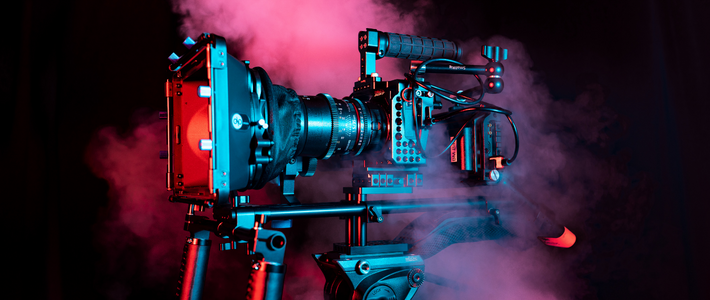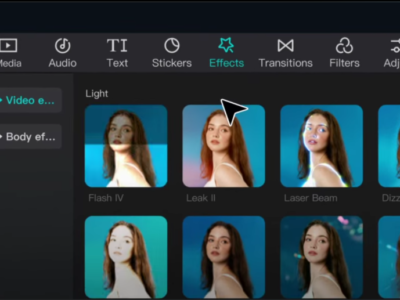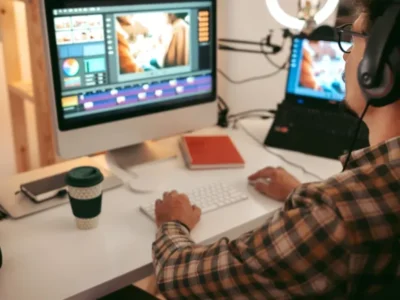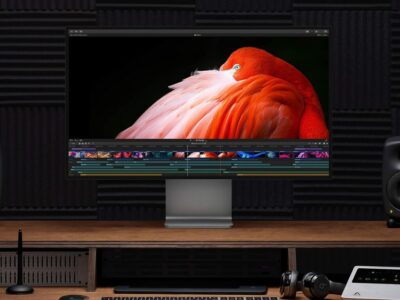Films, intricate tapestries woven with sequences, scenes, and shots, derive their storytelling prowess from the nuanced language of camera movements. In this episode, our focus sharpens on the dynamic world of camera movements and the rich stories they unfold. Understanding the language of camera movements is a key that unlocks a filmmaker’s ability to create captivating and immersive work of composition in film.

Static Shot: A Canvas for Dialogue and Emotion
The journey begins with the Static Shot, a foundation where the camera stands still, allowing for precise compositions and a showcase of actor performances. Whether capturing moments of dialogue, portraying vulnerability, or amplifying cruelty, static shots lay the groundwork for diverse storytelling.
Pan: Navigating Horizons of Narrative
Introducing the Pan, a horizontal rotation capturing characters’ actions or revealing critical information. The Pan’s versatility shines in its ability to build anticipation with slow sweeps or heighten energy through rapid movements. Damien Chazelle, in “Whiplash,” ingeniously uses whip pans synchronized with music, creating a rhythmic dance between characters and the soundtrack.
Tilt, Push In, Pull Out: Crafting Visual Dynamics of Camera Movements
Tilt, a vertical movement, captures dominance or vulnerability and provides insights into characters, settings, or scale. Push In directs attention, emphasizing a moment or a character’s internal conflict, as witnessed in “The Post” and “The Godfather.” Conversely, Pull Out disconnects, unveiling scene context or emphasizing negative emotions like isolation.
Zoom, Crash Zoom, Dolly Zoom: Amplifying Cinematic Impact
Zooming into vulnerability, as seen in “Joker,” or altering focal length in films like “The Graduate,” zoom shots redefine perspectives. Quentin Tarantino’s playful use of crash zooms in “Django Unchained” adds comedic and dramatic flair. Dolly Zoom, the vertigo effect, combines movement and zoom to create conflict or highlight relationships, as showcased in “Raging Bull.”
Film Composition Examples
Within this FREE PDF, you will discover:
- film composition examples in movies
- how filmmakers employ composition techniques
- how to create unforgettable cinematic experiences

Camera Movements in Filmmaking: Unveiling Intimacy and Conflict
In “Bohemian Rhapsody,” a dolly zoom brings the audience closer to Freddie, forging intimacy and accentuating his connection with fans. Camera rolls, tracking shots, and handheld tracking shots, as exemplified in “Three Billboards Outside Ebbing, Missouri,” immerse audiences in moments of panic, conflict, and suspense.
Different Types of Camera Shots: Crafting Visual Narratives
Tracking shots, lateral movements known as Trucking Shots, and arc shots that orbit subjects introduce dynamic movement. Wes Anderson’s continuous trucking shots in “Moonrise Kingdom” establish the film’s world. Arc shots, intensified in speed, reflect characters’ mental states, as evidenced in “City of God.”
Various Camera Movements and their Cinematic Effects
Kubrick’s use of camera movements in “Full Metal Jacket” emphasizes Private Pyle’s mental state. Adam McKay employs random movements in “The Big Short” and “Succession” for a documentary look. David Fincher’s controlled and chaotic shots in “Se7en” intensify character states. In “Star Wars: The Rise of Skywalker,” JJ Abrams utilizes diverse camera movements to maintain thrilling engagement.
Crafting Cinematic Stories: Unveiling the Art of Composition in Film and Video Editing
Delving into the enchanting world of filmmaking, the mastery of camera movements is a transformative journey. For those aspiring to become a video editor, deciphering the language of visual storytelling is a crucial step.
The artistry of composition in film goes beyond the frame, intricately weaving into the fabric of video editing. Each pan, tilt, or zoom serves as a brushstroke, contributing to a visual canvas that shapes emotionally resonant narratives.
As you strive to become a video editor, understanding how camera movements harmonize with the art of composition in film becomes paramount. This synergy between capturing scenes and subsequent video editing defines the soul of cinematic storytelling.
Embark on your filmmaking odyssey, embracing the poetry of camera movements and refining your prowess in video editing. Let the visual language, enriched by the art of composition in film, be your guiding force, ensuring your narratives stand out in the dynamic realm of cinematic storytelling.
Film Composition Examples
Within this FREE PDF, you will discover:
- film composition examples in movies
- how filmmakers employ composition techniques
- how to create unforgettable cinematic experiences

Explore related content

Video Editing Tips CapCut: Tips, Tricks, and Techniques
Video editing is an art, and there are proper tools and techniques, through them everybody… Read More »Video Editing Tips CapCut: Tips, Tricks, and Techniques

Factors to Consider Before Buying a Video Editing Computer
From helping grow your brand and business to editing just for fun with the love… Read More »Factors to Consider Before Buying a Video Editing Computer

Best Video Editing Monitors in 2024
In the evolving world of video production, the importance of a high-quality monitor cannot be… Read More »Best Video Editing Monitors in 2024